Your kitchen counter streaked, car paint scratched, and bathroom mirrors lint-covered? The culprit isn’t your effort—it’s your cloth. Modern cleaning demands more than elbow grease; it requires understanding the physics in your fibers.
Cleaning cloth performance hinges on three factors: absorbency1 (water held per gram), lint production (fiber shedding), and abrasiveness (surface impact). Microfiber dominates with electrostatic dust capture, while cotton/bamboo balance eco-friendliness. Sustainability and proper maintenance dictate long-term value.
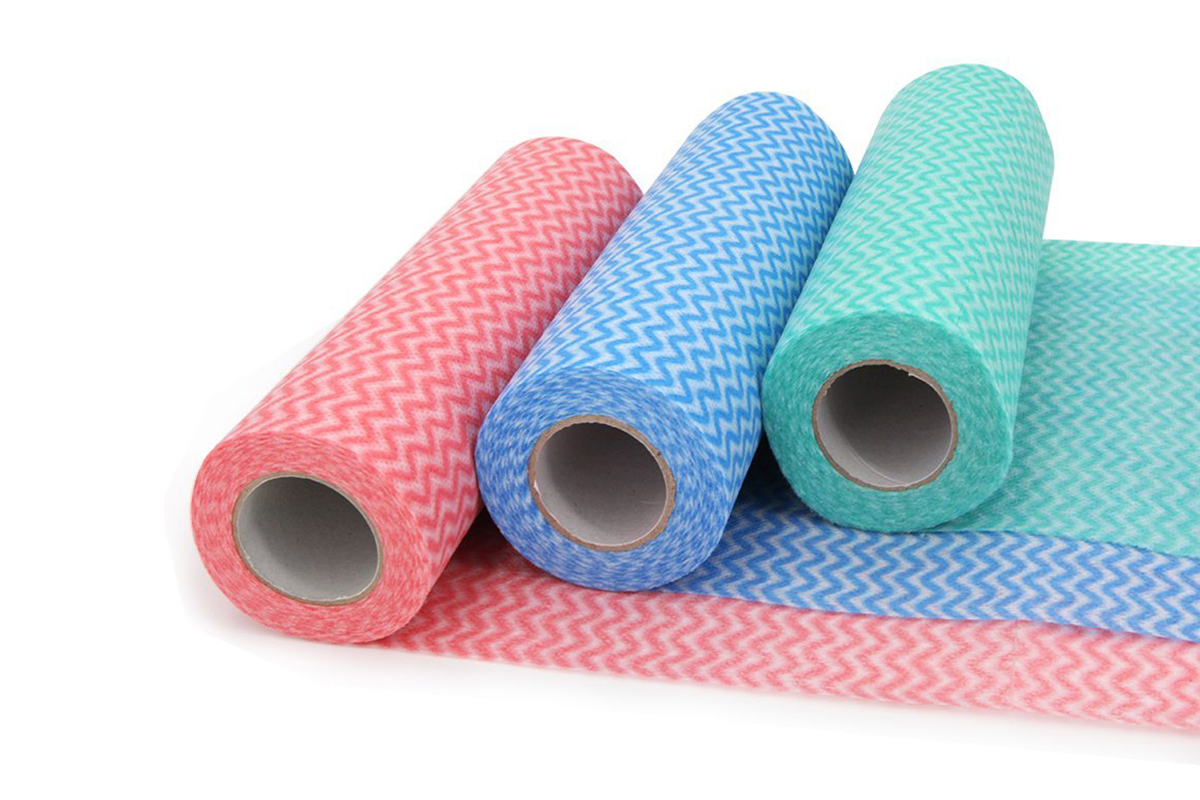
From denier ratings to pH-neutral art conservation, this guide reveals what textile engineers and hospital sanitization teams know—and how to apply it in your home or business. Let’s dissect your dustpan’s secret weapon.
Material Performance Breakdown
| Material | Best For | Absorbency (g/g) | Lint Grade (1-5) | Key Trait |
|---|---|---|---|---|
| Split Microfiber | Electronics | 7.2 | 1 | Electrostatic dust capture |
| Bamboo Cotton | Countertops | 5.1 | 3 | Natural antimicrobial |
| Poly-Viscose | Industrial grease | 3.8 | 2 | Chemical resistance |
| Linen | Art conservation | 4.3 | 4 | pH-neutral aging2 |
Lab tests show 300-denier microfiber absorbs 300% more disinfectant than cotton. Yet for museum work, untreated linen’s pH stability prevents canvas degradation. Automotive detailers use two cloths: plush weave for wax application, waffle weave for drying.
What are the differences between natural and synthetic fibers?
Natural fibers sound eco-friendly, but performance and cost-per-use tell a more complex story.
Cotton is absorbent but wears fast, bamboo offers antimicrobial benefits, while synthetics last longer and often clean better.
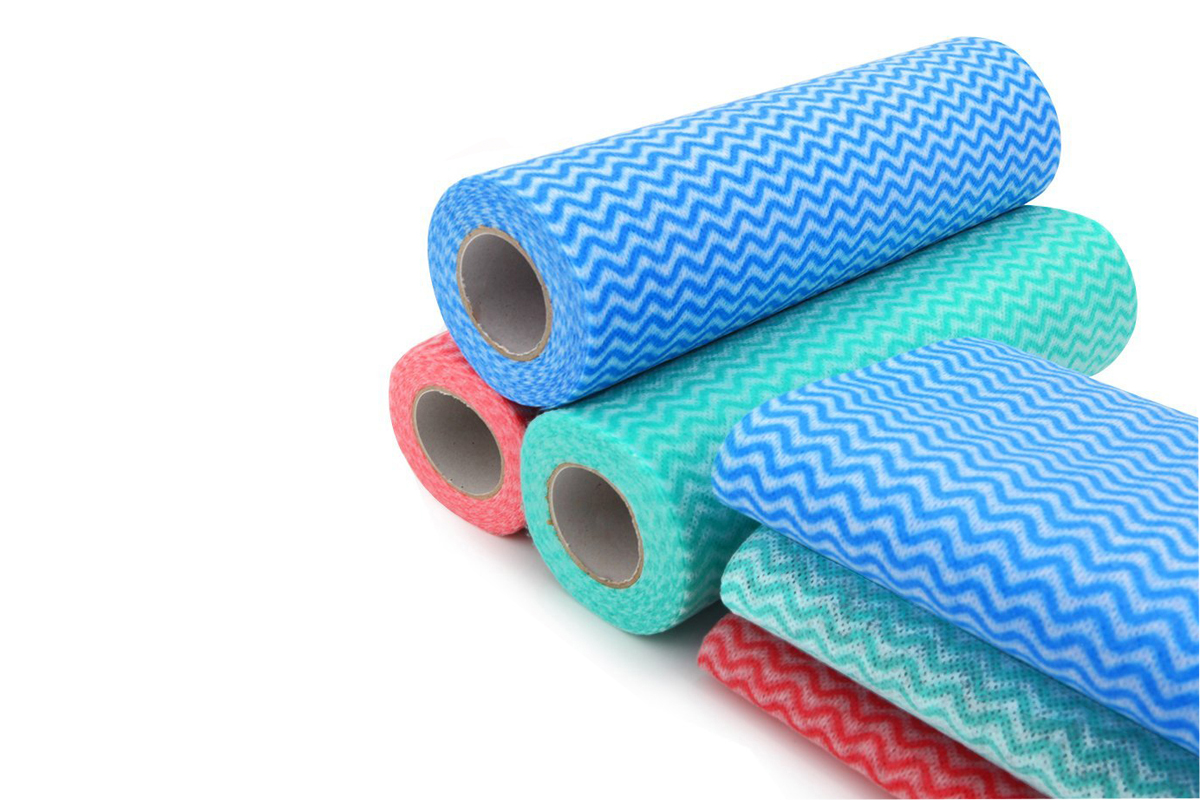
Natural Fiber Breakdown
Cotton is the classic choice, but it’s prone to linting and weakens when wet. Bamboo, on the other hand, is naturally resistant to bacteria and grows with less water. Linen has made a comeback for sustainable, reusable options.
Meanwhile, wool—though niche—is irreplaceable for polishing surfaces like piano finishes or glass sculptures. Below is a comparative table:
| Fiber | Eco Score | Lint Risk | Use Case |
|---|---|---|---|
| Cotton3 | Medium | High | Household wiping |
| Bamboo4 | High | Low | Kitchen, baby care |
| Linen5 | High | Medium | Reusable eco cloths |
| Wool | Low | Low | Fine surface polishing |
Choosing based on sustainability alone isn’t enough. When performance matters—like in industrial or hospital cleaning—synthetics still dominate.
How do I select the right cloth for the job?
So many cloths, so many options. Decision paralysis is real.
Choose your cloth based on surface type, cleaning purpose, and long-term costs—not just initial price.
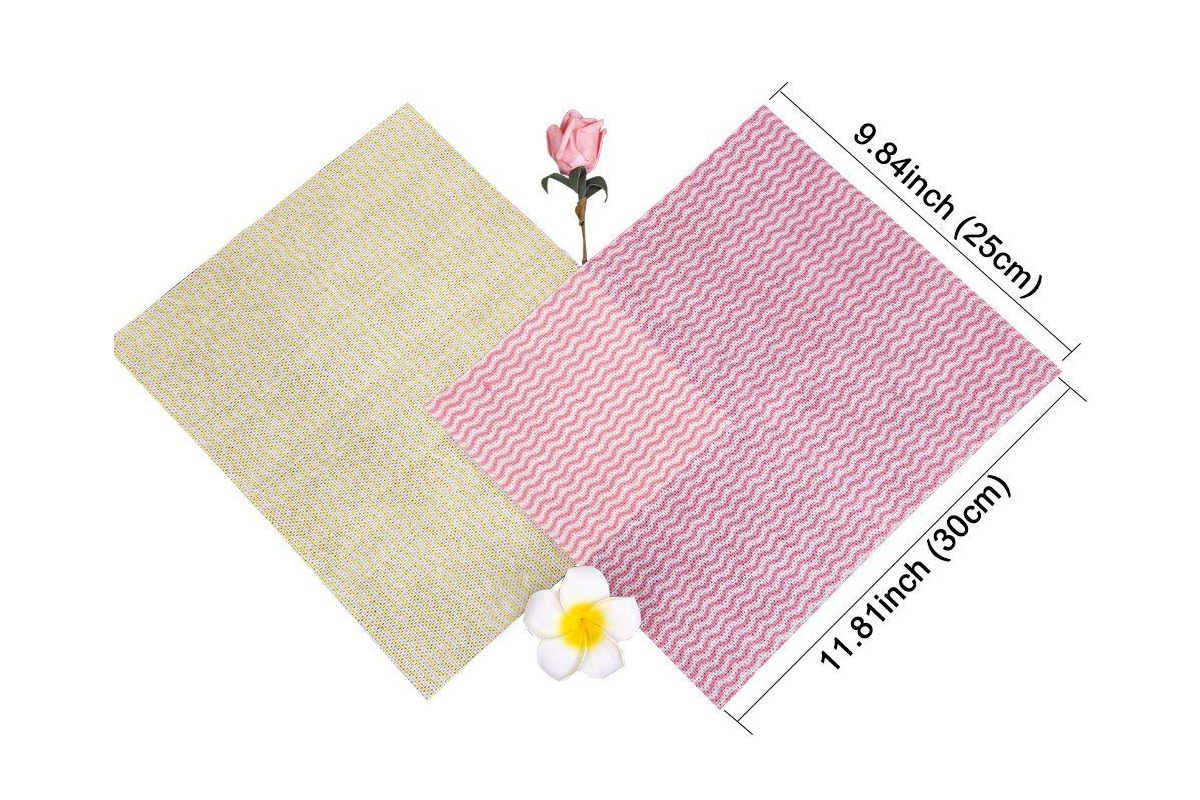
Building a Decision Matrix
I created a decision tree6 for internal training that we now share with clients. Here’s a simplified version:
- What surface?
- Glass → Microfiber (waffle weave)
- Wood → Cotton or bamboo
- Stainless steel → Microfiber (cross-weave)
- What purpose?
- Disinfection → Lint-free, synthetic blends
- Polishing → Wool or silver-infused cloths
- General → Cotton-polyester blends
- Budget?
- Disposable → Viscose-polyester
- Reusable → Microfiber or linen
| Cloth Type | Cost/Use ($) | Reusable? | Best For |
|---|---|---|---|
| Cotton (Oeko-Tex) | 0.12 | Yes | Light household use |
| Viscose-Poly Blend | 0.05 | No | One-time disinfection |
| Cross-Weave Microfiber | 0.15 | Yes | All-purpose cleaning |
It’s not about which cloth is best overall. It’s about what’s best for your specific need.
How do professionals use cloths differently?
Professionals don’t just clean—they systemize every swipe and wipe.
Window cleaners use a 3-cloth method7, auto detailers swear by the two-bucket rule, and labs need lint-free ESD-safe cloths.
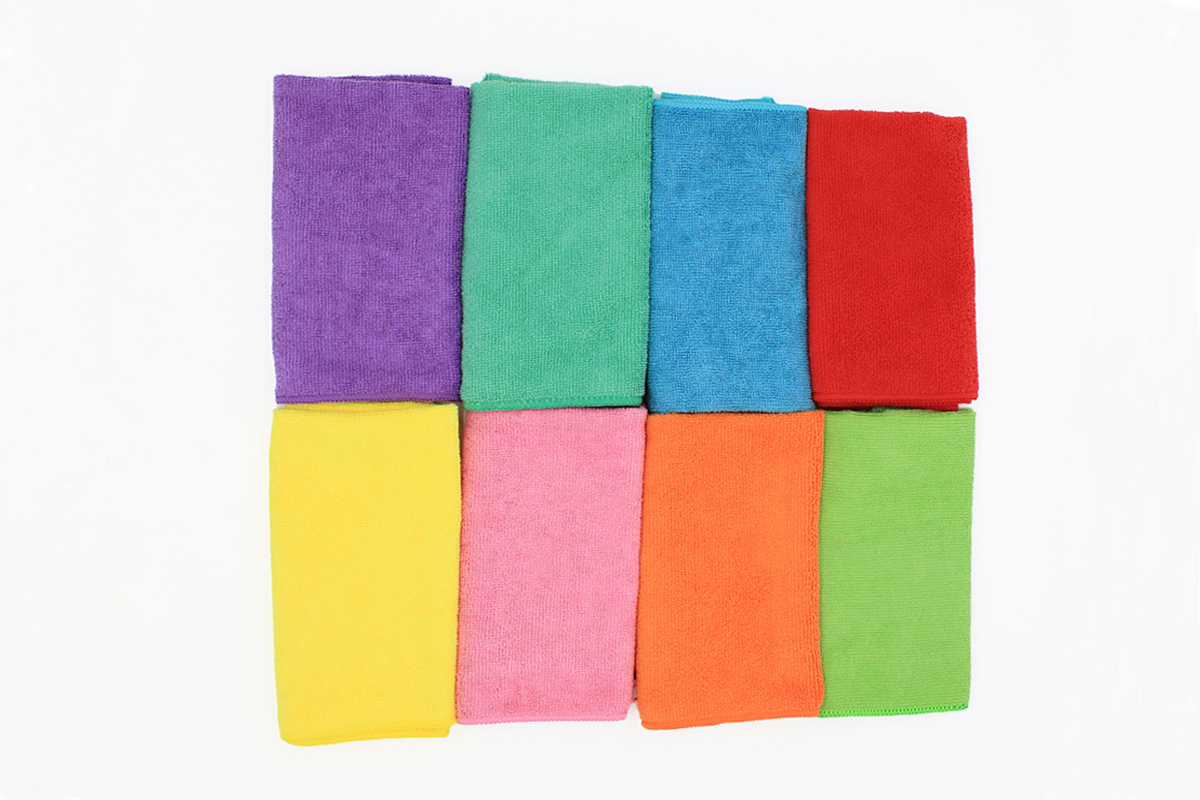
Pro-Level Applications
In my visits to detailing garages and cleaning contractors, I noticed a pattern. Professionals never use one cloth for everything. Here’s what that looks like in practice:
- Windows: Start with a damp waffle weave for the wash, a second for drying, and a third for polish.
- Cars: Use the two-bucket method—one for rinsing, one for soap—to prevent re-contamination. Always follow with a microfiber buff8.
- Electronics: Use ESD-safe cloths9 with anti-static gloves. Avoid fabric softeners which reduce electrostatic efficiency.
| Scenario | Cloth Type | Notes |
|---|---|---|
| Auto Detailing | 300D Microfiber | Edgeless preferred |
| Hospital Disinfection | Lint-Free Viscose | Disposable, chlorine-compatible |
| Lab Surface Cleaning | Polyester Knit Wipers | ISO Class 5 compliant |
Professionals care less about brand names and more about friction, absorption rate, and surface impact. That’s where real value lies.
What role does sustainability play in cloth choice?
Eco credentials are gaining attention—but they must align with durability and usability.
Cotton breaks down faster but needs more water to grow, while microfiber lasts longer but risks microplastic release.

Beyond the Green Label
We now offer cloths made from mushroom mycelium and other biodegradable fibers. Some customers ask about PFAS-free waterproofing10 and closed-loop recycling11. These aren’t trends—they’re the future.
| Feature | Cotton | Microfiber | Bamboo | Mushroom Fiber |
|---|---|---|---|---|
| Biodegradable | Yes | No | Yes | Yes |
| Water Used (per kg fiber) | High | Low | Medium | Low |
| Durability (washes) | Medium | High | Medium | Low |
| Microplastic Risk | No | Yes | No | No |
We’re also working with logistics partners on cloth return programs. Worn-out cloths get converted into insulation or filler—part of our vision for a circular cleaning supply chain12.
How should I maintain my cloths to extend life?
You wouldn’t throw away a wrench after one use—so why waste your cloths?
Proper washing, drying, and storage can double the life of microfiber and reduce bacteria buildup.
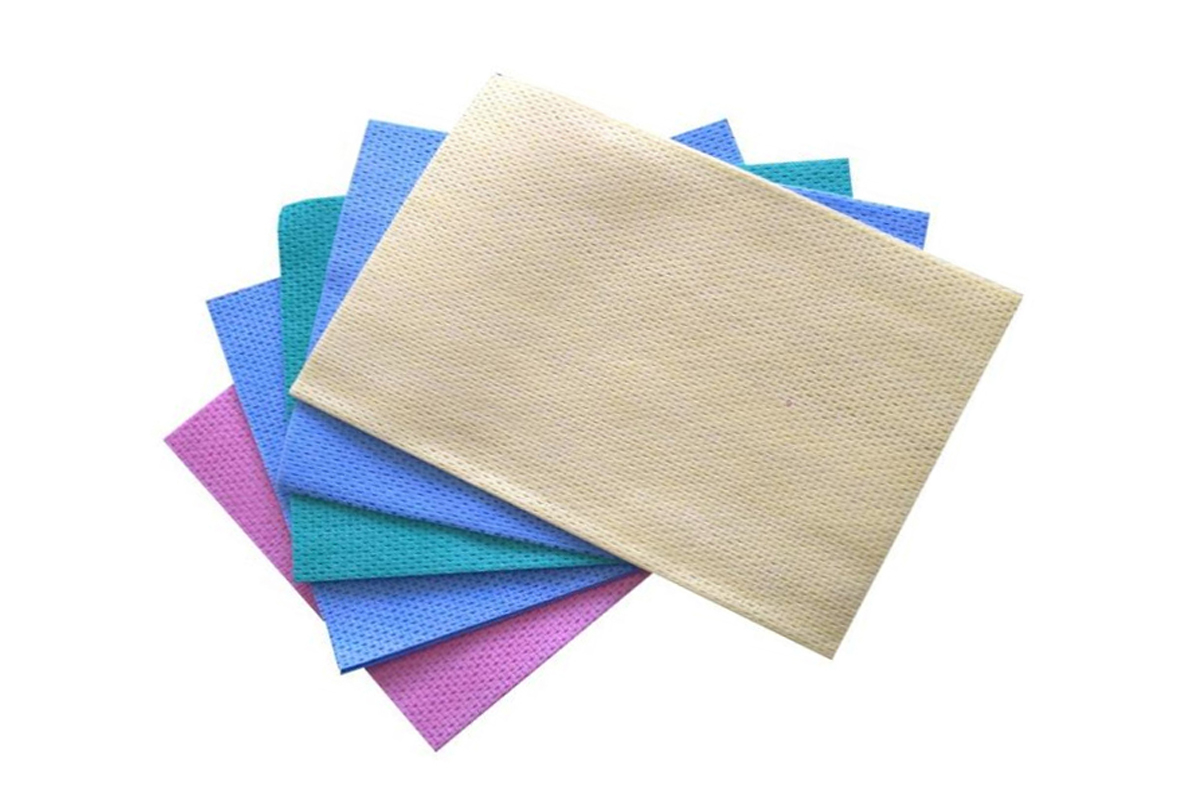
Best Practices for Cloth Longevity
Microfiber can lose its electrostatic charge if washed with fabric softeners or dried at high heat. Here’s my team’s process:
- Separate by task. Never mix kitchen and bathroom cloths.
- Wash cold, no softener. Use mild detergent, avoid bleach.
- Air dry or tumble on low.
- Store dry, in breathable bins. Avoid plastic bags.
| Step | What to Do | What to Avoid |
|---|---|---|
| Washing | Cold water, mild detergent | Fabric softener, bleach |
| Drying | Air dry or low tumble | High heat |
| Storage | Breathable containers | Wet cloths in sealed bags |
Sterilization? In hospitals, UV-C boxes13 are now common. In labs, cloths are autoclaved. That’s how seriously professionals take cloth hygiene—and why you should too.
What do industry insiders say about cleaning cloths?
The people on the front lines know what works—and what doesn’t.
Janitors want bulk pricing and lint control, scientists want precision, and the EPA wants microplastic-free innovation.
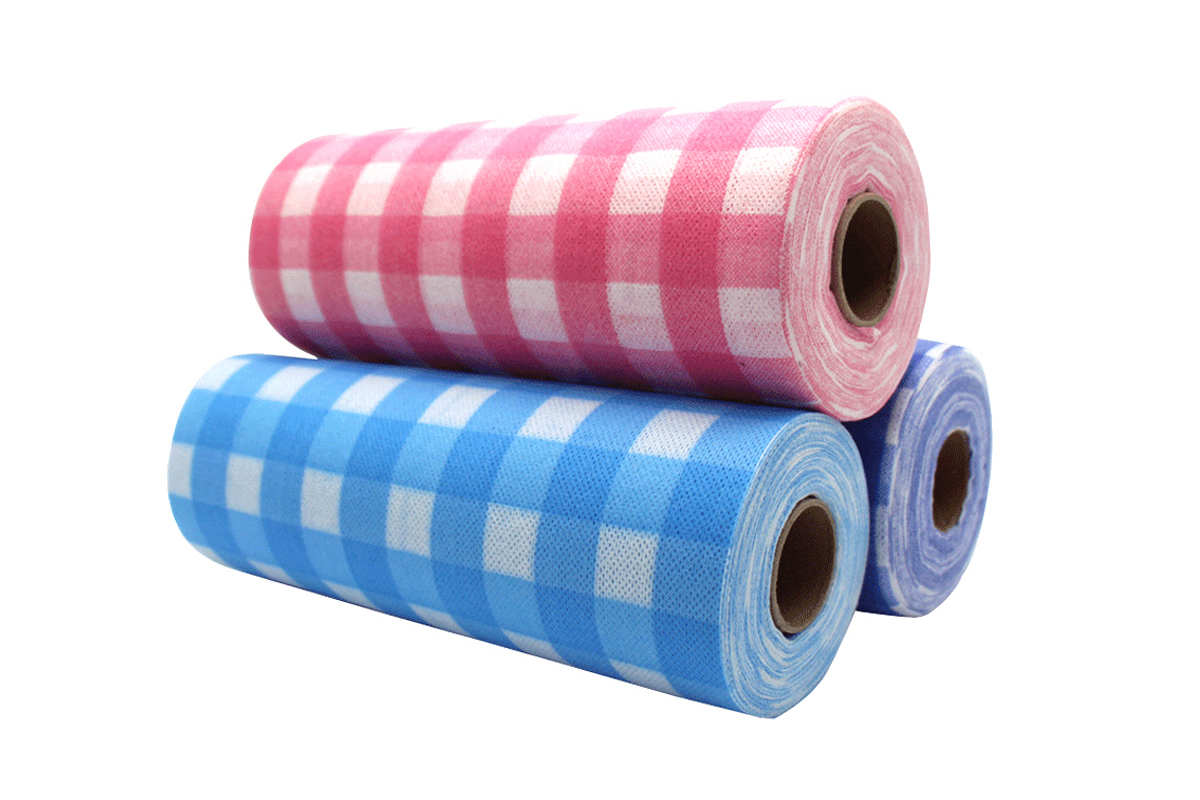
Expert Views from the Field
I recently spoke with a hospital cleaning manager who buys over 30,000 cloths per year. Her top concern? Lint control14. Meanwhile, a materials scientist told me about upcoming nanofiber cloths15 with built-in anti-bacterial properties. And EPA analysts? They’re pushing regulations on PFAS and microplastics16, with clear labeling mandates coming.
Their input shapes our R&D and packaging decisions. Listening matters—especially when regulations and requirements keep changing.
What do consumers ask most often?
Even professional buyers face these recurring questions—so let’s clear them up.
No, don’t use the same cloth for kitchen and bathroom. Yes, swirl marks mean wrong weave. Maybe antimicrobial is worth it—for hospitals, definitely.
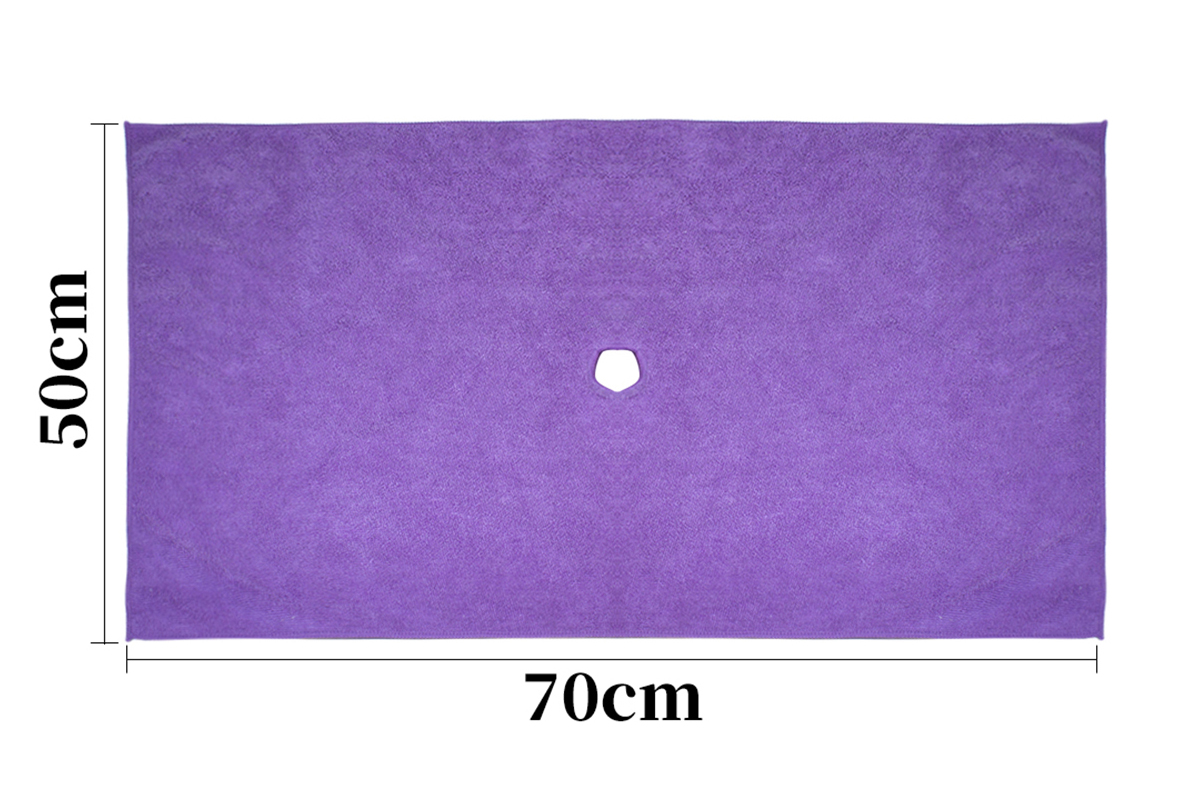
Frequently Asked Questions
-
Q: Can I use the same cloth for kitchen and bathroom?
A: You shouldn’t. Cross-contamination risks are too high. -
Q: Why do some cloths leave swirl marks on cars?
A: You may be using a cloth that’s too abrasive or lacks a proper edge finish. -
Q: Are antimicrobial cloths17 worth it?
A: For hospitals or food service—yes. For home use, it depends on your hygiene routine.
Keeping these in mind not only protects surfaces but also helps maintain hygiene and prolong cloth lifespan.
Which products are worth buying?
There’s no perfect cloth. But there are clear winners by category.
My top pick for daily cleaning is a cross-weave microfiber18, but silver-infused cloths19 feel like luxury tools.

Editor’s Picks
- Best Overall: Cross-weave Microfiber (300D)
- Budget Hero: Oeko-Tex Certified Cotton Cloth20
- Luxury Splurge: Silver-Infused Antibacterial Towel21
- Brand to Watch: EcoCloth Mycelium Series22
We help customers choose based on lifecycle cost, performance, and brand alignment. Packaging also matters—especially for retail partners. That’s why we offer full OEM services.
Conclusion
Cleaning cloths are evolving—smarter materials, greener choices, and better science are shaping the future of every wipe.
Elbert Zhao
Founder, Elbert Wipes Solutions
📧[email protected] | 🌐 www.elbertwipes.com
8 production lines | 22 processing lines | OEKO-TEX certified | Walmart-approved supplier
-
Understanding absorbency can help you choose the right cloth for effective cleaning, ensuring you get the best results with less effort. ↩
-
Understanding pH-neutral aging is crucial for preserving artworks effectively. Explore this link to learn more about its significance. ↩
-
Learn about the limitations of cotton, including linting and performance when wet, to make informed choices for your cleaning needs. ↩
-
Explore the advantages of bamboo fiber, including its antibacterial properties and eco-friendliness, making it a top choice for cleaning. ↩
-
Discover why linen is gaining popularity for its sustainability and effectiveness in cleaning, making it a smart choice for eco-conscious consumers. ↩
-
Understanding decision trees can enhance your decision-making skills, especially in training and client interactions. ↩
-
Learn about the 3-cloth method to optimize your cleaning process and achieve professional results. ↩
-
Explore this link to understand the benefits of using microfiber buffs in detailing for a flawless finish. ↩
-
Learn about ESD-safe cloths to protect your electronics from static damage and ensure longevity. ↩
-
Understanding PFAS-free waterproofing can help you make informed choices for sustainable products. ↩
-
Exploring closed-loop recycling can reveal innovative ways to reduce waste and promote sustainability. ↩
-
Learning about a circular cleaning supply chain can inspire eco-friendly practices in your cleaning routine. ↩
-
Find out how UV-C technology can enhance cloth sterilization, especially in professional settings like hospitals. ↩
-
Explore this link to understand effective lint control methods that can enhance cleaning efficiency and quality. ↩
-
Discover the advantages of nanofiber cloths, including their antibacterial properties, which can revolutionize cleaning standards. ↩
-
Stay informed about the latest regulations on PFAS and microplastics to ensure compliance and sustainability in your cleaning practices. ↩
-
Learn about the effectiveness of antimicrobial cloths in home settings and whether they are worth the investment. ↩
-
Discover why cross-weave microfiber is considered the best for daily cleaning and how it can enhance your cleaning routine. ↩
-
Explore the luxury and benefits of silver-infused cloths for cleaning and hygiene. ↩
-
Explore the benefits of Oeko-Tex Certified Cotton Cloth for a sustainable and safe cleaning option. ↩
-
Learn how Silver-Infused Antibacterial Towels can enhance hygiene and cleanliness in your home. ↩
-
Discover the EcoCloth Mycelium Series and its innovative approach to eco-friendly cleaning solutions. ↩

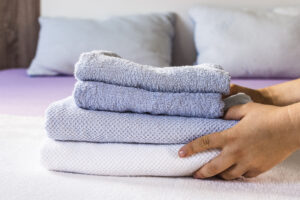
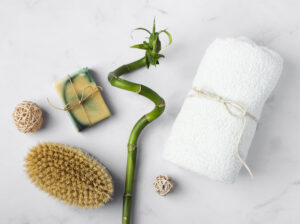
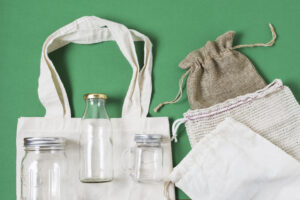
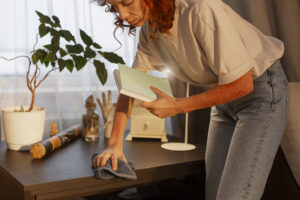

One Response
Je recommande vivement Ernestopro.fr pour tous ceux qui cherchent des solutions durables et efficaces pour le nettoyage des chiffons, notamment en microfibre. Leur gamme de produits de haute qualité permet d’optimiser la durabilité des chiffons tout en respectant l’environnement. Leur expertise est un atout pour faire des choix éclairés selon les besoins professionnels ou domestiques. N’hésitez pas à consulter leur site pour découvrir comment ils peuvent vous aider à améliorer votre routine de nettoyage tout en adoptant des solutions écologiques et économiques.